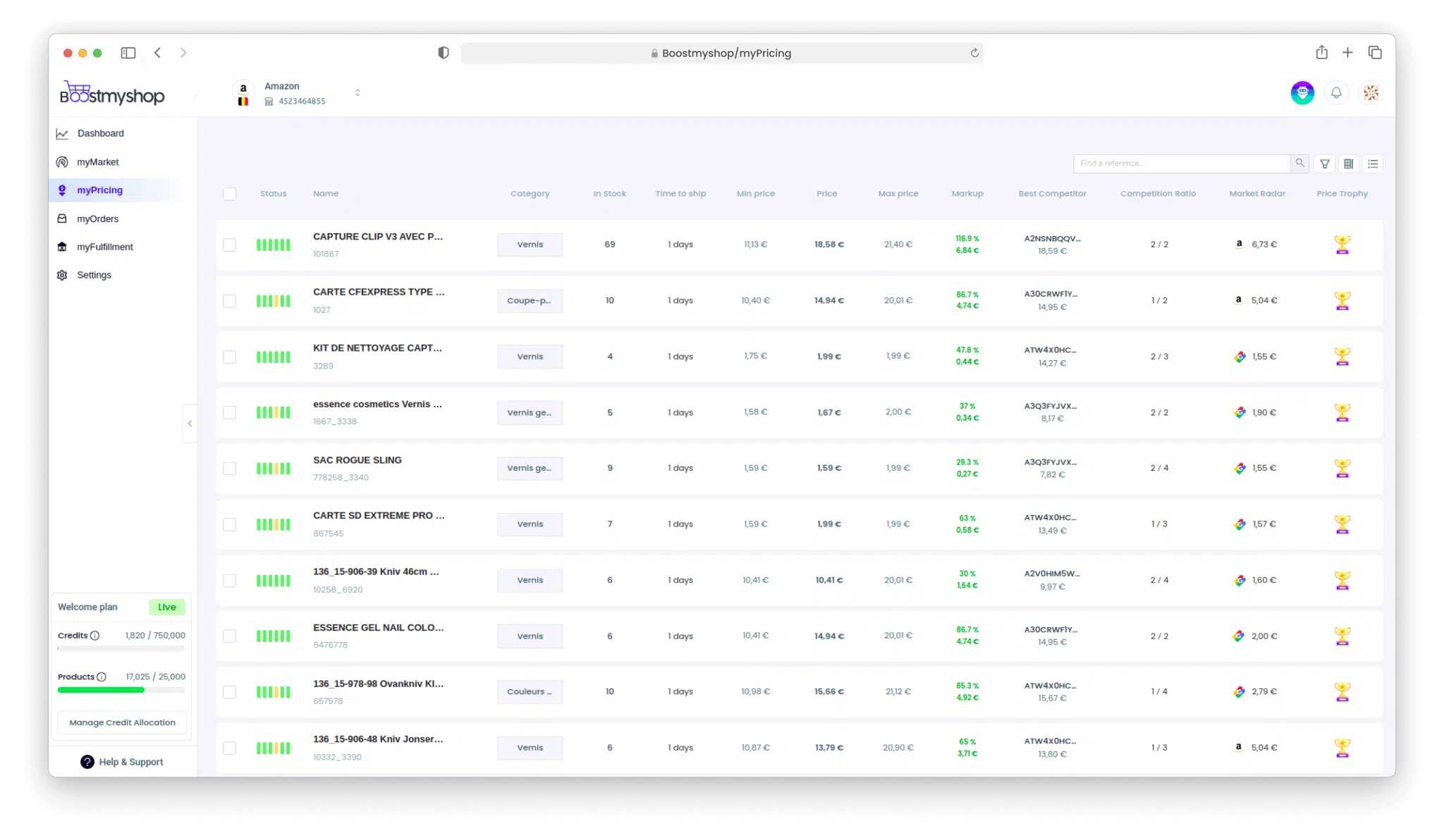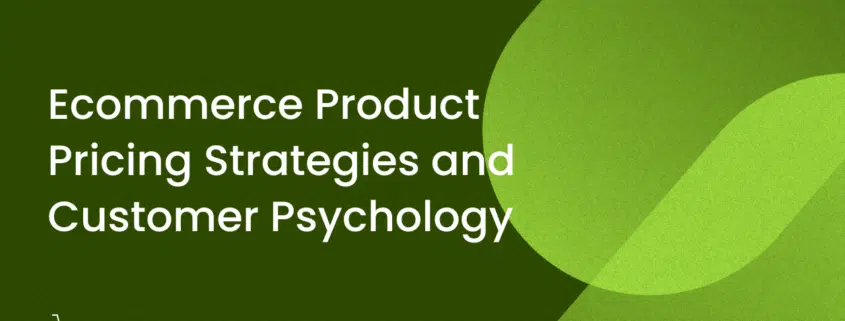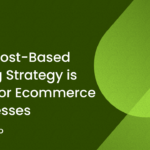Product Pricing Strategies & Customer Psychology
One of the biggest challenges you face as a web seller is deciding how to decide on the product pricing strategies. There are various pricing strategies that you can adopt to ensure your products’ sales and generate revenue for your business. But, choosing the right pricing strategy is not an easy task. The decision involves factors like :
-
Type of product
-
Target market
-
Competition in marketplace
-
Customer psychology etc.
In this blog post, we will discuss various ecommerce product pricing strategies. And the customer psychology that underlies them.
Product Pricing Strategies for Ecommerce Sellers
1. Cost-plus pricing
Cost-plus pricing is a simple pricing strategy that adds the markup to the product’s cost to arrive at the final selling price. This pricing strategy is ideal for businesses that do not want to lose any margins. And, if they are starting out and do not have a lot of experience in pricing their products. The markup can be a fixed percentage or a dollar amount. The main advantage of cost-plus pricing is that it ensures the business covers all its costs and makes a profit.
Niche market: Cost-plus pricing can is compatible with niche markets
-
where there is less competition
-
and where the customers are willing to pay a premium for unique products.
For example, artisanal or handcrafted products such as pottery or jewelry.
Customer psychology: Customers who buy in niche markets are often willing to pay more for unique or custom-made products. Thus, cost-plus pricing works well for businesses that offer artistic types of products.
2. Competitive Pricing
Competitive pricing involves setting the price of a product based on the prices charged by competitors. This strategy is effective in highly competitive markets where customers are price-sensitive.
Niche market: Competitive pricing is for
-
markets with a large volume of competitors
-
markets where customers are price-sensitive.
For example, electronics and home appliances.
Customer psychology: Customers who buy products in competitive markets are often price-sensitive. They do not want to pay more than they have to. So, businesses that adopt a competitive pricing strategy need to ensure that their prices are in line with those of their competitors.
3. Premium Pricing
Premium pricing involves setting a higher price for a product than the competition. This strategy is effective in markets where customers are willing to pay more for high-quality products.
Niche market:
Premium pricing can be used in markets where customers are willing to pay a premium for high-quality products. For example, luxury goods such as designer clothing, jewellery, and watches.
Customer psychology: Customers who buy premium products look for the best quality and are ready to pay a premium. So, businesses with a premium pricing strategy need to ensure that their products are of high quality. They should also offer additional value to customers. e.g., customer services or product care.
4. Bundle pricing
Bundle pricing involves offering a group or a batch of products for a lower price. While individual prices of these products would be higher. This is effective in markets where customers are price-sensitive and products are complementary.
Niche market: Niche markets where customers like to pay less for complimentary products. For example, home theatre systems, where customers buy a bundle of products such as a TV, sound system, and streaming service
Customer Psychology: Customers get attracted to the perceived value of a bundle, as it offers convenience and cost savings. This strategy is effective in encouraging customers to buy more products or services. This can help businesses increase revenue per customer.
5. Penetration Pricing
The objective of Penetration pricing is to gain customers. Hence, the pricing strategy involves setting low prices for a new product in order to attract customers and gain market share. This strategy is commonly used when a business is introducing a new product or entering a new market.
Niche Market: This strategy is best suited for markets that are highly competitive, where the price is a major factor in the purchasing decision. It can be effective in tech industries, where new products are constantly introduced. Customers are always eager for the latest and greatest products.
Customer Psychology: Customers get attracted to low prices. You can gain market share easily. But, businesses should be careful to avoid creating the perception that their products are of low quality. This can depreciate brand charm in the long run.
Use the Ecommerce Product Pricing Strategies
Pricing is a crucial element in the success of any ecommerce business. Understanding the different pricing strategies and customer psychology can help to make informed decisions about how to price their products or services.
Different pricing strategies are suited to different markets and industries. Businesses should carefully consider their product or service, competition, and target customers when choosing a pricing strategy.
Ultimately, the goal of any pricing strategy is to create value for both the customer and the business. By setting prices within customer expectations and offering a compelling value proposition, businesses can increase customer satisfaction, loyalty, and revenue.
Implement dynamic pricing strategies.
Win buy boxes, make profits and lose no margins.
Book a free demo now


